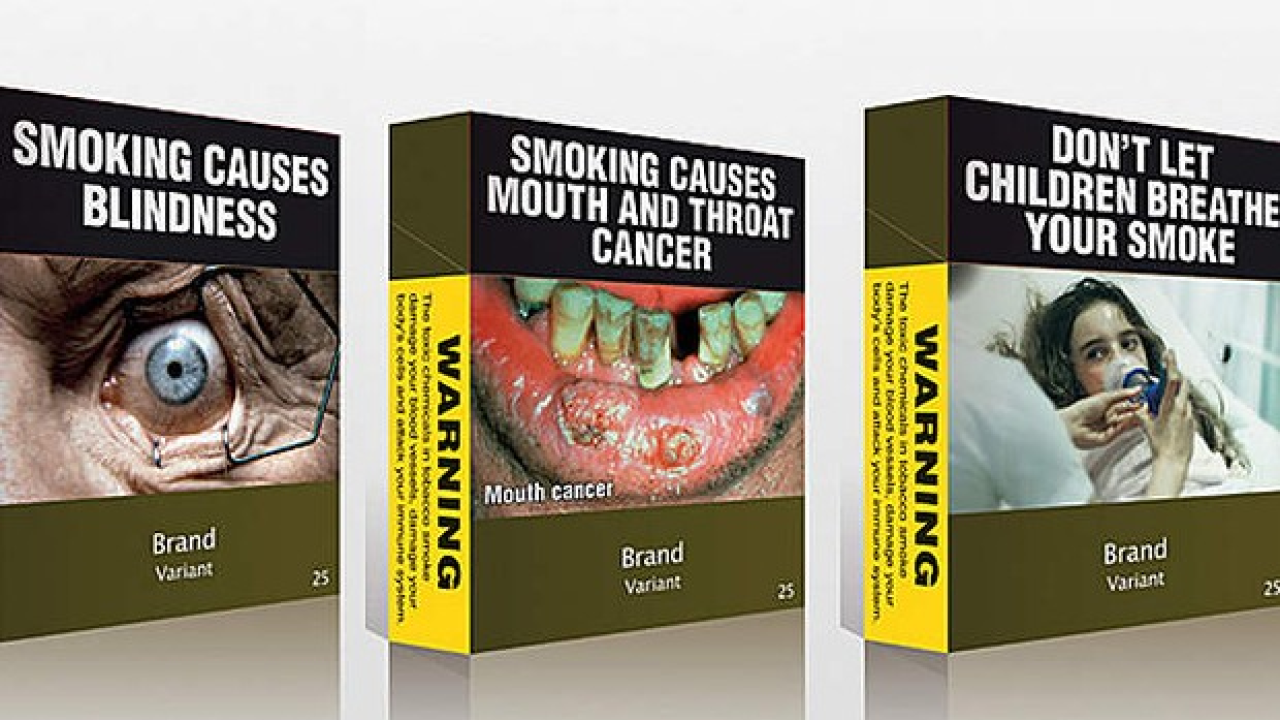Plain cigarette packaging wins plaudits

London's Design Museum is currently exhibiting a gallery for its Designs of the Year 2013, referred to as "the Oscars of the design world" to showcase "the most innovative and imaginative designs from around the world, over the past year".
Categories in the awards program include architecture, digital, furniture, fashion, products, transport and graphics, with the shortlist including such items as The Shard at London Bridge and the Olympic Cauldron, as used to hold the Olympic flame during the London 2012 Olympic Games.
Read the full Design Museum Designs of the Year 2013 shortlist here.
In the graphics category, you'll find Australia's "plain" cigarette packaging listed as a nominee. Commissioned by the Australian Government Department for Health and Ageing, the unbranded cigarette packaging is described in a piece as published online by Australian daily newspaper The Age as, 'design at its best - a tool for social change'.
Pete Collard, curator of Designs of the Year at the Design Museum in London, is quoted as saying the cigarette packaging is a purposely bad piece of design.
'Not everything displayed in the Design Museum should be beautiful or "good"; the point is to open a discussion about the way everyday objects are made, the messages they send out and how we react to them.'
Mandi Keighran, a London-based writer and editor specializing in design, nominated the packaging, and is quoted as calling it a piece of ''anti-design'', adding that cigarette companies have worked for decades to use design to create brand loyalty, including Frank Gianninoto's famous red Marlboro packaging. Australia's generic packs showcase graphic images of smoking-related illnesses and other health warnings, with brands printed in small writing at the bottom. 'The packaging and display, while unappealing, is design at its best - a tool for social change,' she said.
For the tobacco industry, one of the gravest concerns is that the use of unbranded, generic designs on cigarette cartons will open the door wide for counterfeiters. The designs of brands such as Marlboro, which have been honed and refined over many decades, have themselves become part of the safeguards against black market goods, with typography and color helping create overt security features that can be easily identified by consumers.
Of course, films and foils will continue to have a role to play and there are many different covert and semi-covert security systems available on the market today, such as taggants and Securikett's Codikett, but concerns remain that having generic printed packaging will make it that much harder to stop illicit tobacco products entering the market in the first place, rather than the ability for law enforcement agencies and brand protection officials to retrospectively identify forgeries and fakes.
As said at last year's ECMA Congress, "from noble causes can come unforeseen consequences", and, while the effort to reduce smoking-related illnesses through unbranded packaging is welcomed in many quarters, the market must continue to look at how it protects its IP and the welfare of those that choose to smoke, with printed packaging one part of the tobacco supply chain that can play an important role in the ongoing fight against counterfeiting, and the black and grey markets, rather than making it easier for counterfeiters to bring forgeries to market.
Stay up to date
Subscribe to the free Label News newsletter and receive the latest content every week. We'll never share your email address.


